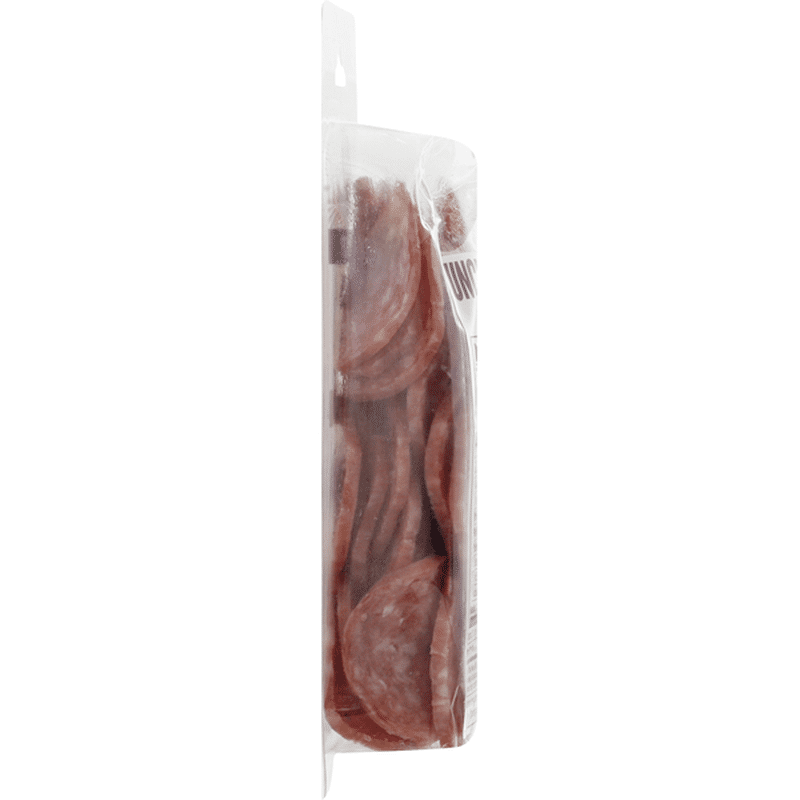
Cooking may occur during this process.Īfter curing, some hams are smoked. Smoke flavoring (liquid smoke) may also be injected with brine solution. Brining ingredients can include ingredients such as salt, sugar, sodium nitrite, sodium nitrate, sodium erythorbate, sodium phosphate, potassium chloride, water and flavorings. It is a wet cure whereby fresh meat is injected with a curing solution before cooking. So, as with all meat products, it is important to read the label on hams to determine the proper preparation needed.īrine curing is the most popular way to produce hams. Today, dry cured hams may be marketed as items that need preparation on the part of the consumer to make them safe to eat. Dry-cured ham is not injected with a curing solution or processed by immersion in a curing solution, but it may be smoked. These uncooked hams are safe stored at room temperature and because they contain so little water, bacteria can't multiply in them. Six months is the traditional process but may be shortened according to aging temperature. Since dry curing draws out moisture, it reduces ham weight by at least 18% - but typically 20 to 25% this results in a more concentrated ham flavor.ĭry-cured hams may be aged more than a year. In 1992, FSIS approved a trichinae treatment method that permits substituting up to half of the sodium chloride with potassium chloride to result in lower sodium levels. In dry curing, the process used to make country hams and prosciutto, fresh ham is rubbed with a dry-cure mixture of salt and other ingredients. Nitrite and salt inhibit the growth of Clostridium botulinum, a deadly microorganism which can occur in foods under certain situations.Ĭuring and flavoring solutions are added to pork by injection and by massaging and tumbling the solution into the muscle, both of which produce a more tender product.



Nitrate and nitrite contribute to the characteristic cured flavor and reddish-pink color of cured pork. Hams that are not ready-to-eat, but have the appearance of ready-to-eat products, will bear a prominent statement on the principal display panel (label) indicating the product needs cooking, e.g., "cook thoroughly." In addition, the label must bear cooking directions.Ĭuring is the addition of salt, sodium or potassium nitrate (or saltpeter), nitrites, and sometimes sugar, seasonings, phosphates and cure accelerators, e.g., sodium ascorbate, to pork for preservation, color development and flavor enhancement. Hams that must be cooked will bear cooking instructions and safe handling instructions. Fresh hams and hams that are only treated to destroy trichinae (which may include heating, freezing, or curing in the processing plant) must be cooked by the consumer before eating. Ready-to-eat hams include prosciutto and cooked hams they can be eaten right out of the package. The usual color for cured ham is deep rose or pink fresh ham (which is not cured) has the pale pink or beige color of a fresh pork roast country hams and prosciutto (which are dry cured) range from pink to a mahogany color. The term "turkey ham" is always followed by the statement "cured turkey thigh meat." "Turkey" ham is a ready-to-eat product made from cured thigh meat of turkey. Fresh ham will bear the term "fresh" as part of the product name and is an indication that the product is not cured. Hams may be fresh, cured, or cured-and-smoked. This background information serves to carve up the facts and make them easier to understand. There are so many kinds, and their storage times and cooking times can be quite confusing.

Hams: They can be fresh, cook-before-eating, cooked, picnic, and country types.


 0 kommentar(er)
0 kommentar(er)
